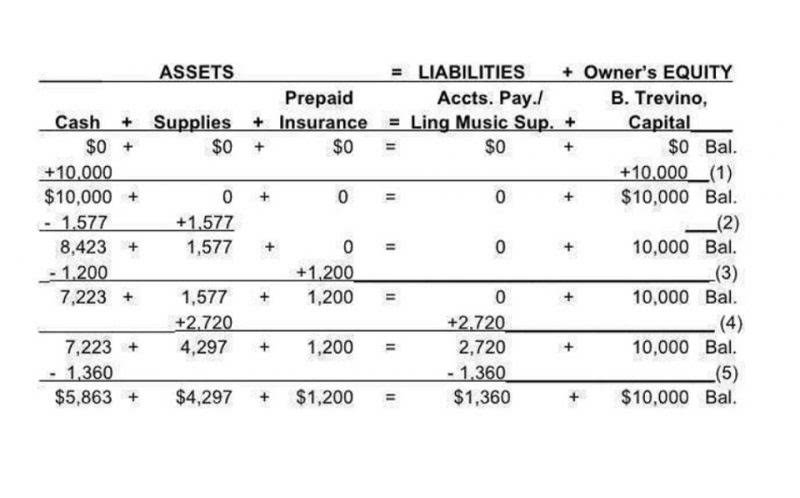T Accounts are also used for income statement accounts as well, which include revenues, expenses, gains, and losses. Debits and credits can mean either increasing or decreasing for different accounts, but their T Account representations look the t accounts same in terms of left and right positioning in relation to the “T”. This is where T accounts come in as a bridge between the raw data and meaningful insights. By plugging real-time figures into your T accounts, you can see how your financial position constantly evolves, allowing for more proactive decision-making.

How do T accounts facilitate budgeting and financial planning?
When starting out in accounting, T accounts can help you make sense of transactions in an account. It is one of the best ways to keep debits and credits straight, visually. Next we are going to build off what we have just learned and QuickBooks look at the normal balances of accounts in accounting.

Acts as a troubleshooting tool

It really shows how useful it is to try to draw out transactions in T-accounts before they are committed to the company records. In this section, I’m going to go through different types of transactions, and I’ll be using T-accounts to display the movement of value through the business. I will use my coffee shop to represent a business throughout these examples. By visually separating different accounts, T-accounts help businesses and auditors understand financial flows at a glance. It’s impossible to provide a complete collection of examples that addresses every financial transaction with the corresponding T account. That’s why we’ve only gathered some of the most frequent financial activities businesses deal with in their day-to-day operating cycle.
Accounting Debits vs Credits: The Difference for Beginners
- T accounts, a fundamental concept in accounting, are like the bread and butter of financial record-keeping.
- Ledger accounts categorize these changes or debits and credits into specific accounts, so management can have useful information for budgeting and performance purposes.
- For instance, reconciling accounts receivable with customer invoices ensures reported revenues align with actual sales.
- If that’s not the case, make sure to double-check your books as you’ve probably made an accounting error along the way.
- Maintaining accurate records is crucial for compliance with accounting standards like Generally Accepted Accounting Principles (GAAP) or International Financial Reporting Standards (IFRS).
- Every journal entry is posted to its respective T Account, on the correct side, by the correct amount.
The above transaction would Car Dealership Accounting not only affect the Bank T account but also affect the contra account or second account, Capital. Remember, to debit means to make an entry on the left-hand side. A ledger is simply a whole bunch of T-accounts grouped together. Financial forecasting is the backbone of any successful business, and having access to forecasting tools in your native language can make all the…
- The top of the T is where you write the account’s name, like ‘Cash’ or ‘Revenue’.
- Using T-accounts to record such transactions may obscure the timing and matching of revenue and expenses, leading to inaccurate financial statements.
- The T account balance must be debited to increase the Cash account, since it is an asset account.
- Before diving into why T accounts are used in accounting, let’s kick things off with some basic accounting definitions you’ll need to knw to properly understand how T accounts work.
- They’re simply words representing where cash is coming from, and where it’s flowing to, within a business.
- In this section, I’m going to go through different types of transactions, and I’ll be using T-accounts to display the movement of value through the business.
Think of it as a financial X-ray, giving loan officers a glimpse into the inner workings of a business.
- Despite these challenges, T-accounts remain an essential learning tool and a useful way to visualise complex accounting concepts.
- This deeper grasp empowers accountants to analyze financial data with greater confidence and interpret its implications for the business.
- Wages to employees are a business expense and decrease owner’s equity, so the Wages Expense account will be debited for $3,200.
- Not only is the process tedious and time-consuming, but it requires a lot of accounting knowledge to be done perfectly and completely free of error.